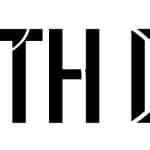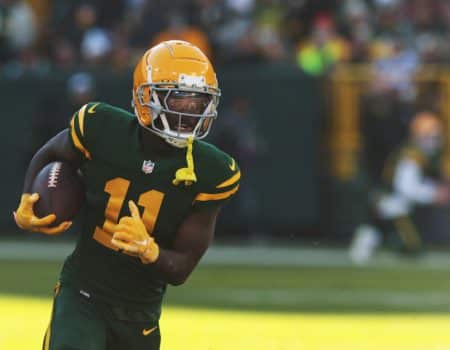This team-based fantasy analysis, focusing on the New Orleans Saints, aims to identify players who are primed for opportunities in the top-scoring offenses around the league. It also serves as an assessment of each offense and its prospects heading into next season. The stats used for this research are based on a half-PPR scoring format. Redraft rankings are listed for each player in parentheses (not that I like using parentheses).
New Orleans Saints: No. 4 fantasy offense in 2018 (7th in passing, 2nd in rushing)
The Saints have enjoyed an unparalleled run of offensive success under Sean Payton and Drew Brees, finishing as a top-5 fantasy offense every year since 2010. They’ve done so while changing their offensive identity on the fly, transitioning from a high-volume passing attack to a run-heavy team that methodically works its way down the field. This approach has helped New Orleans win back-to-back division titles for the first time in franchise history.
The Saints rushing attack is spearheaded by Alvin Kamara, one of the most elusive backs in the NFL. New Orleans is the perfect fit for his skillset, as Sean Payton excels at creating space for his talented weapon out of the backfield. Kamara is deadly as a receiver, but he’s struggled to produce big plays on the ground. He had only one 20+ yard rush last year and has eight fewer than Mark Ingram since his rookie year. Improving his big-play production will go a long way towards offsetting his limited workload. Kamara (RB4) had only the 12th-most touches/game last year among running backs, and his usage doesn’t seem to be increasing anytime soon.
The Saints signed Latavius Murray this offseason to fill Ingram’s role as the between-the-tackles runner and goal-line back. Murray has scored on 56% of his goal-line carries throughout his career, while Ingram executed on only 43% (league-average is 48%). There are more than enough carries to go around in this offense, so Murray (RB28) is a strong candidate to produce yardage and score double-digit touchdowns next season.
The team’s run-first approach also reduces the workload for Drew Brees as he enters the twilight of his career. Brees is coming off a season in which he had only 489 pass attempts, his fewest since 2004, but he was as efficient as ever. Brees posted the highest comp% and passer rating of his career and remained squarely in the MVP race before falling into an untimely slump. He was the QB2 for the first three months of the season before finishing as the QB24 in December (not including week 17). It’s difficult to say whether that dip in production was age-related regression or offensive complacency for a team solidly in first place. Brees (QB11) is smart and accurate enough to remain productive into his 40s, but he will need to remain hyper-efficient to overcome his limited passing volume.

A huge reason for Brees’ success last year was the play of Michael Thomas, who established himself as the best possession receiver in the NFL with 125 receptions and a ridiculous 85% catch rate. Thomas is entering a contract year in 2019, so his performance could dictate whether he earns the massive contract he’s looking for. The only knock on Thomas is his limited downfield production, where he finished 14th in 20+ yard plays and 33rd in 40+ yarders last year. And yet, Thomas (WR4) remains a PPR-monster with reliable production as long as Brees is throwing him the ball.
The Saints also improved at tight end by signing Jared Cook in free agency. Cook excelled as the only viable target in Oakland last year, but New Orleans presents a much different opportunity. He’s now working with an elite quarterback in Drew Brees who loves to target the position. Cook (TE8) is the best receiving tight end on the roster since Jimmy Graham and he looks poised to score a handful of touchdowns next season.






No Comment! Be the first one.